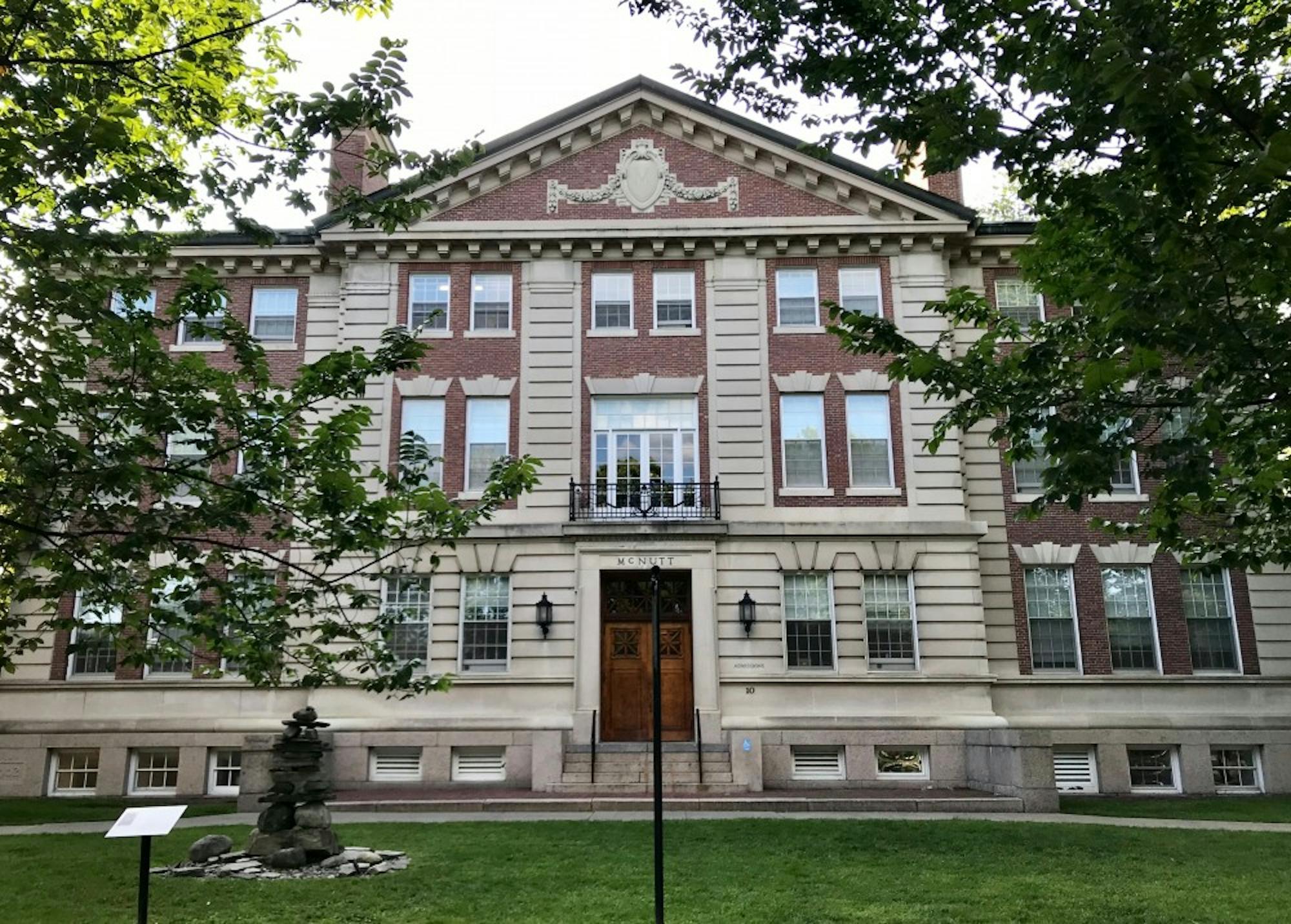The proportion of students who accepted the College’s offer of admission this past spring is 64 percent, an increase from last year’s all-time high of 61 percent, according to vice provost for enrollment and dean of admissions and financial aid Lee Coffin.
This statistic — called the preliminary yield rate — is adjusted in the summer of each year to account for students who are taking gap years or otherwise changed their plans. The final yield rate for the Class of 2022 — which includes only students who will matriculate by September — was 61 percent, also an increase from last year’s final yield rate of 58 percent.
This year’s yield rate was sufficiently high that the College accepted no students from its waitlist for the second year in a row, Coffin said.
Senior admissions officer Topher Bordeau said that he interprets this year’s record-high yield rate as an indication of success.
“I think it’s a sign that what we’re doing is getting a little bit of traction in thinking about how students fit with this place alongside just their broader academic qualifications,” Bordeau said.
Coffin credits this year’s high yield to a variety of factors. He said that new supplemental questions on the College’s application have allowed admissions officers to determine which students fit Dartmouth well, and that state-by-state projections of applicant retention allows his team to better predict yield. Coffin also emphasized the importance of qualitative aspects of the admissions process.
“One of the things I’ve been trying to do in my two years here has been focused on some of the qualitative parts of who is coming to Dartmouth and to celebrate ... the personal narratives of the students who are enrolling,” Coffin said. He also noted that the College’s new focus away from transfer students has also played into this overall strategy.
Coffin cited Dartmouth’s post-acceptance programming, such as Dimensions of Dartmouth, as a major factor in encouraging prospective students to eventually enroll at the College. According to Coffin, 77 percent of students who attend Dimensions enroll.
Referring to an annual survey sent to accepted students, Coffin said that high levels of faculty engagement were a major selling point for the College.
“Ninety-two percent [of students] said excellence in teaching is the most important thing,” Coffin said. “And the second most important was undergraduate access to faculty. Does that sound like Dartmouth?”
The Class of 2022 is projected to be composed of about 1,150 students. Dartmouth admitted 1,925 students, representing a record-low 8.7 percent of its 22,033 applicants, for the Class of 2022.
Dartmouth typically releases its yield numbers earlier in the spring, but this year’s delayed release is part of an intentional strategy, according to Coffin. Mentioning the larger anxiety surrounding the admissions process, which he said is “teetering on unhealthy,” Coffin voiced concern about the often out-of-context focus on data points in the College’s admissions process. By delaying the release of these numbers to align closer to matriculation, Coffin said he hopes to relieve some of the concerns.
“A bunch of us are trying to very gently, but deliberately, reset some of the timelines so that there isn’t quite as much anxiety around admissions 12 months of the year,” he said.




